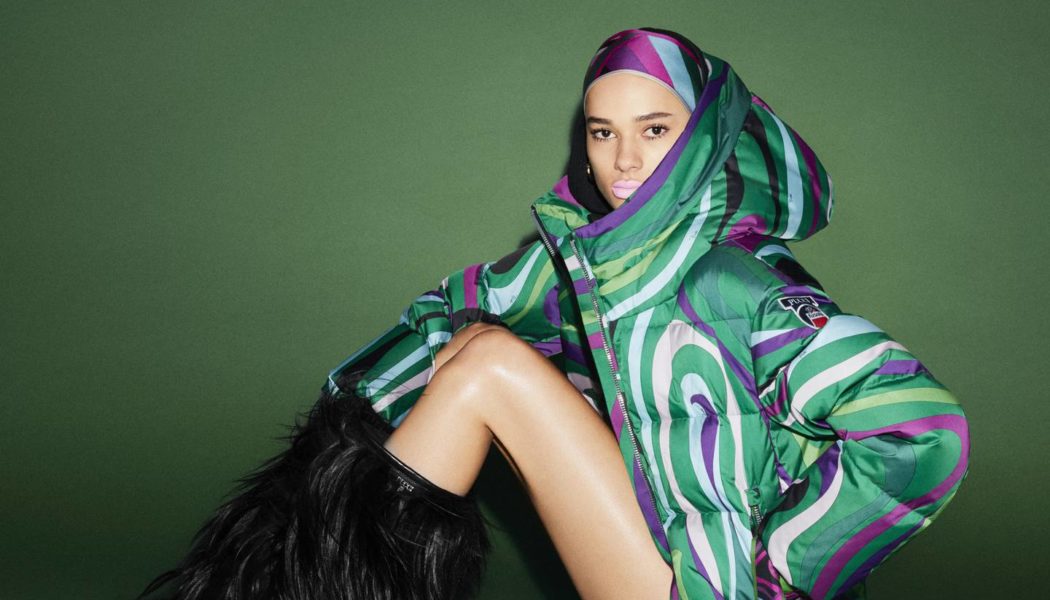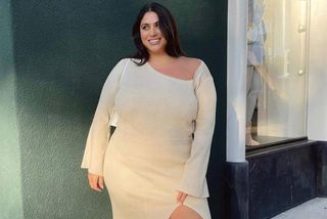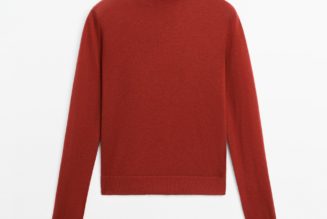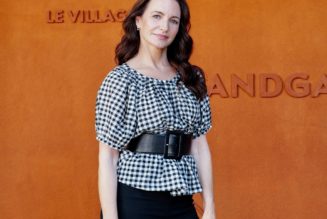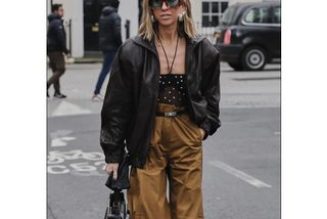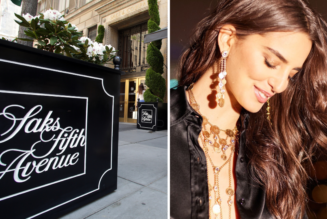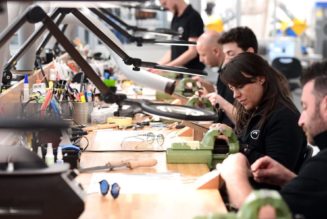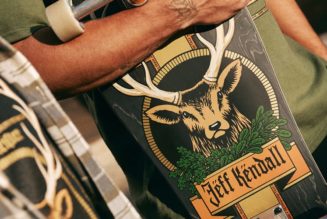Ten years on from Moncler’s initial public offering on the Milan bourse, outerwear remains one of luxury’s hottest categories.
As sales growth has stalled or even turned negative for many brands in recent months, the category’s biggest listed player, Moncler (which also owns Stone Island), reported a 17 percent increase in revenue over the first nine months of the year, excluding currency shifts. The company’s currently valued at €15.4 billion ($17 billion), higher than hundred-year-old rival Prada.
Some smaller companies are also beating the slowdown: French brand Yves Salomon said its 2023 sales rose by around 15 percent, surpassing €50 million. Skiwear specialist Fusalp also surpassed the €50 million mark in its last fiscal year, and says it is on track to grow around 20 percent to €67 million for the 12 months through next May.
Others have reported broadly flat sales this year after a post-pandemic surge. But brands like Italian outerwear group C.P. Company say they are taking advantage of the slowdown to retool distribution networks and restructure processes. C.P. says it has hired 40 new staff members at its headquarters to reinforce operations after sales rose from €8 million in 2015 to €120 million last year.
What are the forces driving luxury outerwear’s rise?
Investors have long been drawn to the elevated margin potential offered by luxury coatmakers. These companies’ profitability is often boosted by collections populated by a high share of timeless carryover styles, limiting markdowns, and they enjoy low price resistance, since many customers see nice coats as a reasonable indulgence, or even a necessary investment. One needs to stay warm, and the cost per wear tends to be appealing even for expensive models.
Now, those financial advantages are being boosted by a number of other trends that are lifting the outerwear category. BoF asked executives from Fusalp, Yves Salomon, C.P. Company, Mackage and Selfridges to reveal the key forces and strategies shaping the sector.
Focus on Ski
After years of sporty “gorpcore” brands dominating the ski-wear space, demand is surging for more glamorous propositions that blend the technical performance needed on the slopes with après-ski (and Instagram) appeal.
Fusalp, Perfect Moment and Goldbergh are among the brand’s whose more feminine, body-hugging, and fashion-forward skiwear are helping to drive sales, Selfridges’ fashion director Bosse Myhr said.
These brands are leveraging the social media appeal of the mountain: for instance, Fusalp, which rose to prominence designing the uniforms for French Olympians during the ski boom of the 1960s and ‘70s, has been hosting lavish influencer outings in the French Alps to help raise awareness of its heritage. Now it’s taking the marketing programme to Colorado, where it recently opened boutiques in Aspen and Vail. An exclusive event for influencers and top clients is set for early this year at Aspen’s Caribou Club, followed by a ski-day and dance party at glitzy Mountain Chalet.
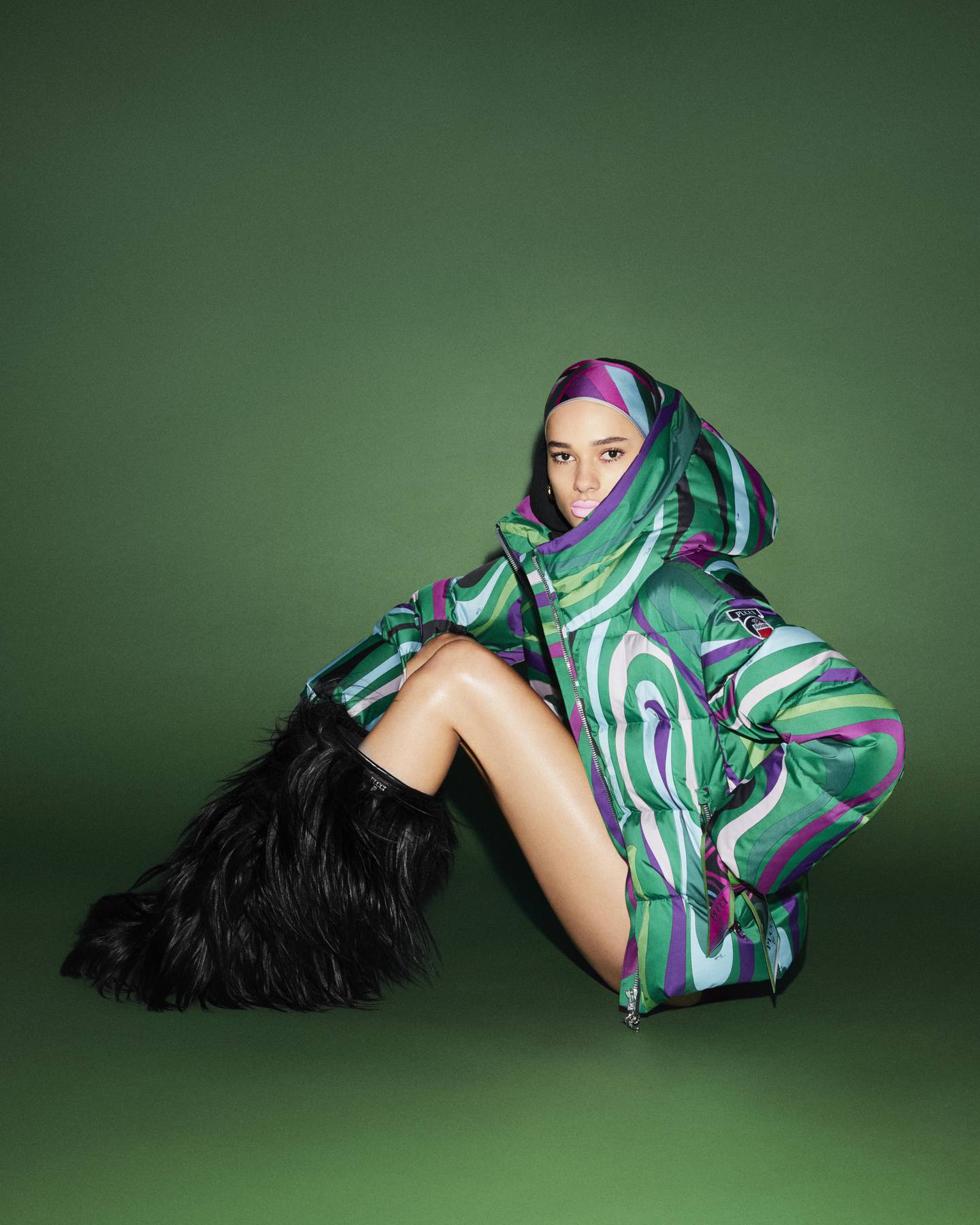
Colourful collabs with the likes of Pucci — the vibrant resort brand which is leaning on Fusalp for help diversifying its business away from the beach — and Harry Nuriev’s Crosby Studios have amped up the brand’s glitzy, fashion-ski image.
Other players are also setting their sights on ski: since Carine Roitfeld helped luxury giant Chanel launch its first skiwear line, Coco Neige, in 2018, a handful of brands have followed suit including Prada (which relaunched its sporty Linea Rossa line the same year), Armani (which feted its new “Neve” line in St. Moritz last month), Balenciaga and Balmain.
Leaning Into Retail
In addition to its new locations in ski resorts, Fusalp has also opened flagships on Paris’ Avenue George V and New York’s Madison Avenue, seeking to ramp up the share of retail in its business following an investment by Chanel heir David Wertheimer’s Mirabeau Partners in 2022.
Its not the only one: the transition to retail has been a priority for outerwear investors, who are betting on the controlled-distribution strategies of handbag giants like Louis Vuitton as a means to boost margins and more tightly control inventory and brand image. The most notable proof-of-concept remains Moncler, whose retail strategy has pushed its EBIT margin as high as 34 percent — second only to Hermès among listed luxury players.
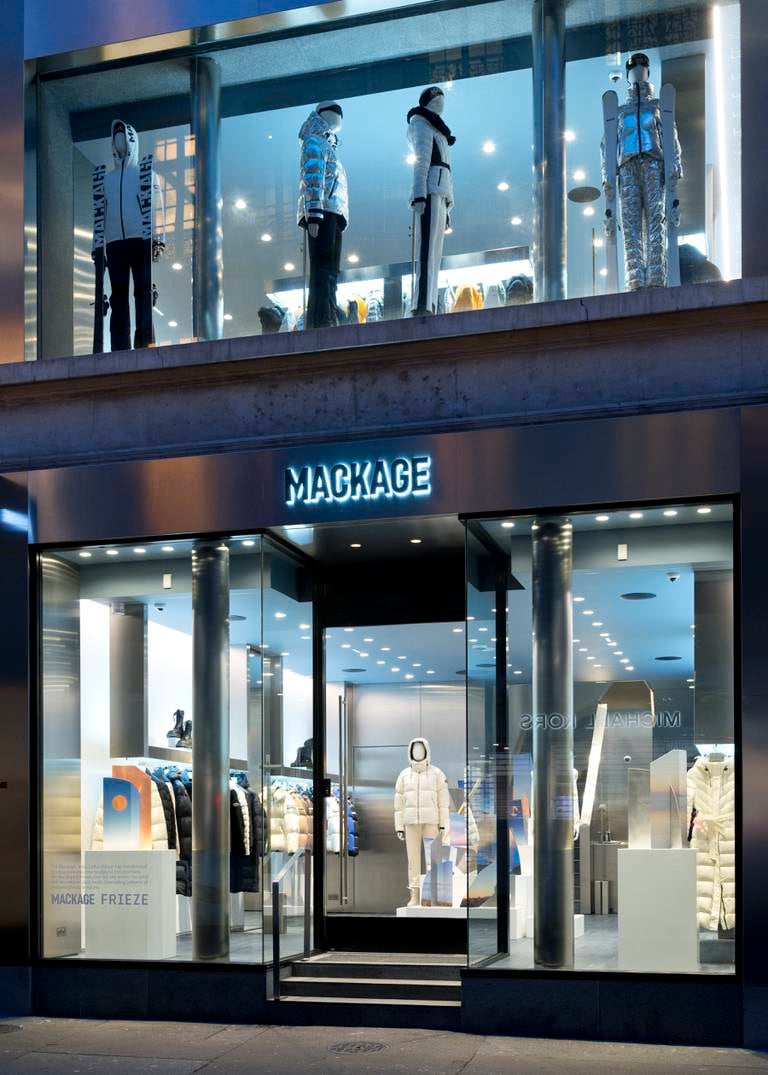
Canadian outerwear brand Mackage opened a flagship on Paris’ Rue Saint-Honoré and a boutique in the Alpine ski station in Mégève to complement its network of roughly a dozen retail stores in Canada and the US.
“My dream scenario would be to get to a 60-40 split of owned retail versus wholesale,” Mackage chief executive Tanya Golesic said. In addition to controlling prices, presentation and markdowns, a store gives coatmakers a chance to cross-sell to other categories, Golesic said. “More and more it’s about outfitting the client, providing the layering piece, or the piece of footwear that works back to their full look.”
C.P. Company, owned by Hong Kong’s Tristate Holdings, is also expanding in retail: a flagship in Paris’ Marais is in the works for this summer, while 2023 saw the opening of locations in Manchester, Cannes and Lyon.
Tailoring’s Rise
Another force driving luxury outerwear sales beyond technical pieces is customers’ rising hunger for tailored styles. Think of the graceful felted coats seen on Gwyneth Paltrow during her viral courtroom appearances last spring.
That trend, and the broader “quiet luxury” discourse surrounding it, has been a boon to coatmakers like Italy’s Max Mara and France’s Yves Salomon for women, while Tom Ford and Loro Piana have seen increased success selling this sort of style to men, Myhr said.
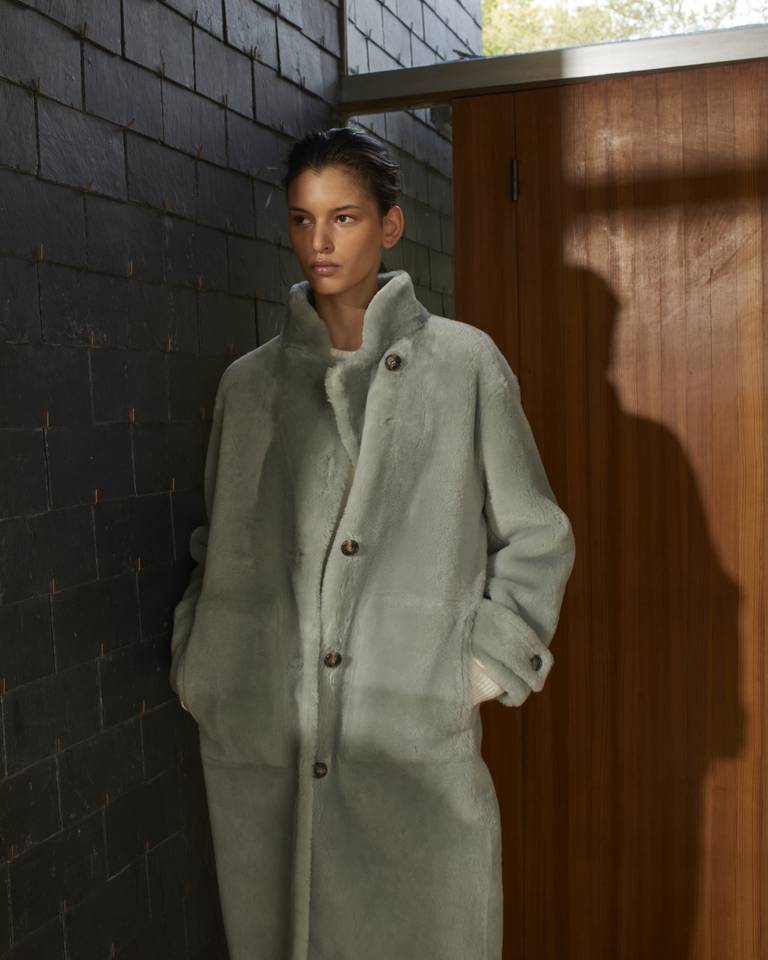
Salomon, a prominent furrier who still produces furs as the supplier for brands including Dior, says the success in tailored coats is the result of years of work to diversify its workshops’ capacities. As fur became a more controversial, niche pursuit, his brand has sought to round out its offer with more shearling and wool pieces, offering ladylike tailored styles that fit closer to the body, as well as adding ready-to-wear and knitwear. Luxe fabrication meets competitive price points (for luxury), with some cashmere coats and leather trenches priced below €2,000.
“I’ve always been passionate about production, about having total control of the chain,” founder Salomon said. “This allows you to be really serious about sustainability and animal welfare, while also allowing you to propose a quality-price ratio that feels right to consumers.”
Mixing Identity and Technicality
C.P. Company and Moncler-owned Stone Island, which were both founded by Italian sportswear entrepreneur Massimo Osti, have long appealed to niche consumer tribes, who adopted their logos to project a sporty, street-smart identity.
But while logo-driven identity shoppers tend to come and go, the brands’ technical savvy has given them staying power. Luxury coats are complex pieces with hundreds of components. Animating lines with innovation and novelty requires another layer of expertise.
“Luxury coats became popular as something that helps to identify you, to define you in the social space,” C.P. Company CEO Lorenzo Osti explained. And amid luxury brand fatigue and broader economic malaise, its demand for more technical, high-end coats that has held up, Osti says, while “entry level pieces like fleeces, beanies, which are bought by people who want to buy and show the brand … this kind of consumption is cooling.”
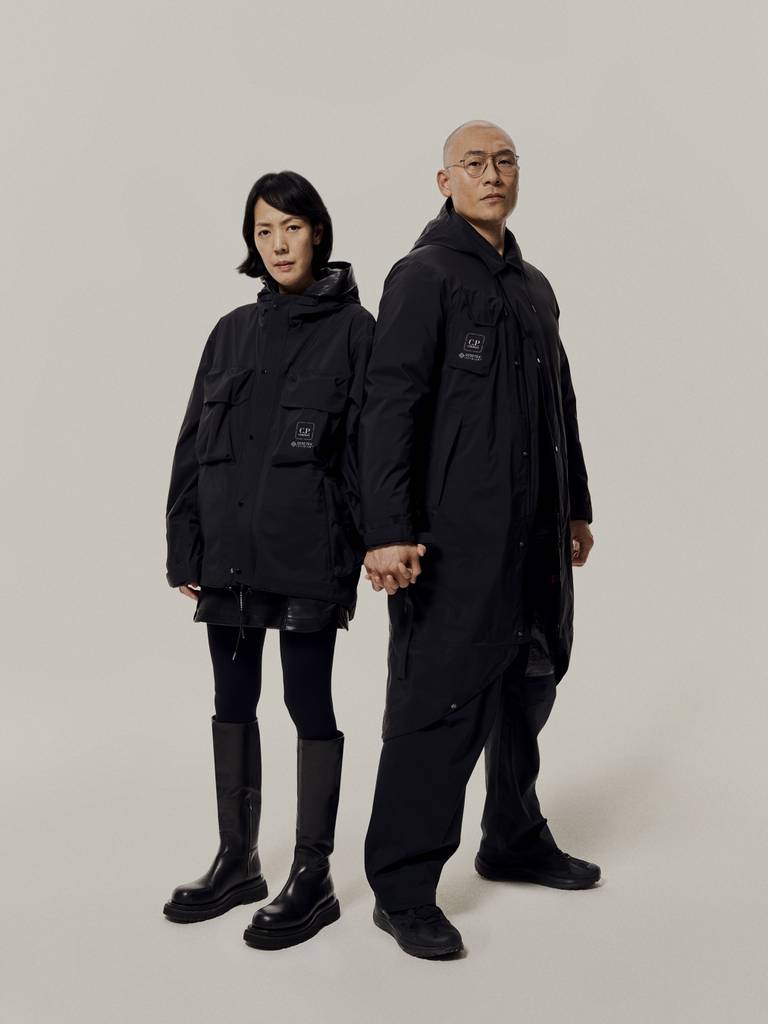
C.P. Company has sought to project technicality and innovation in a different way from its former sister brand Stone Island, putting the focus on experimenting with new textiles and textures rather than highlighting its expertise in garment dyeing and distressed, tonal effects — which former sister brand Stone Island has long “owned” in terms of brand territory.
Other labels whose fortunes have been lifted by a mix of technical prowess and brand clout include North Face, whose recent collab with Japanese brand Undercover was a sell-out success, and Arcteryx, whose parent company filed for a US IPO targeting a $10 billion valuation in September, Selfridges’ Myhr said. “They get the fashion and the functionality really right.”
